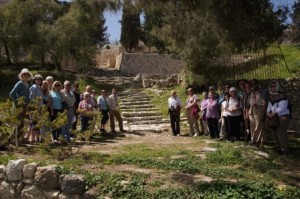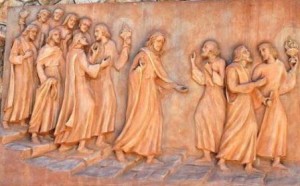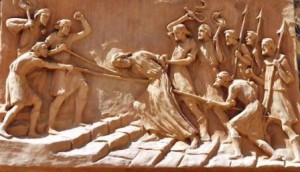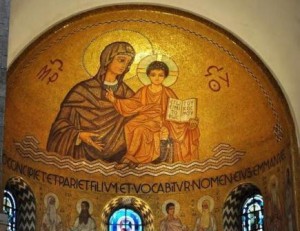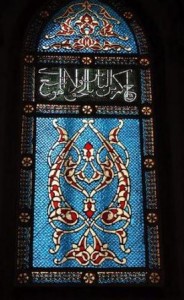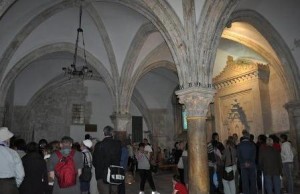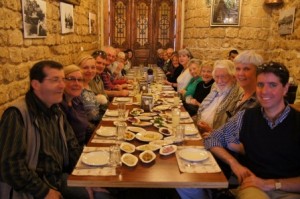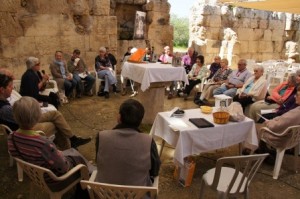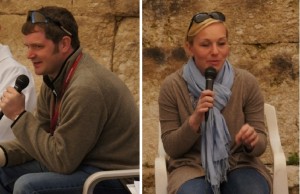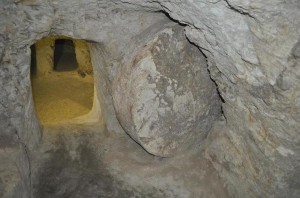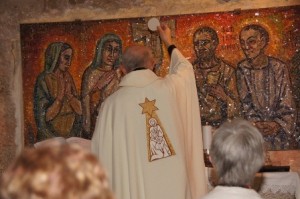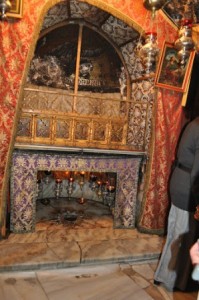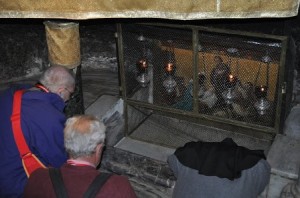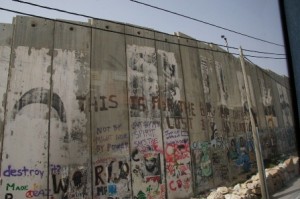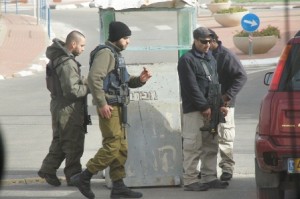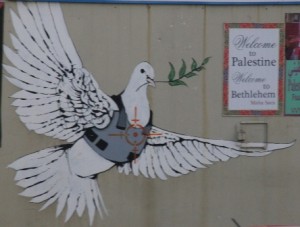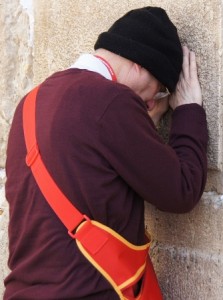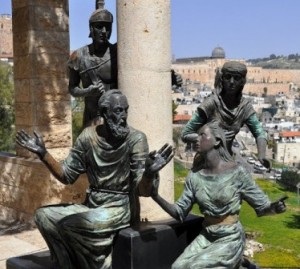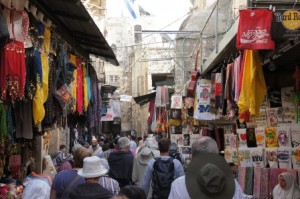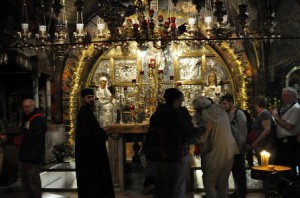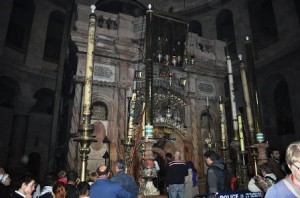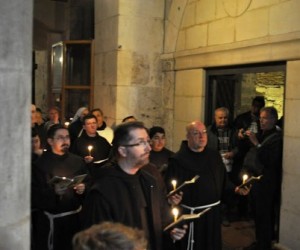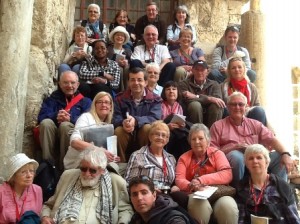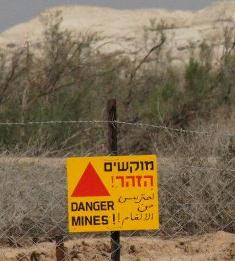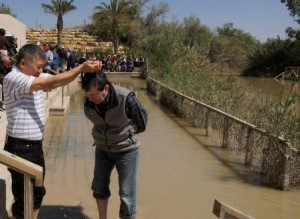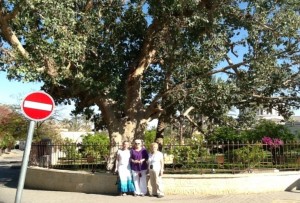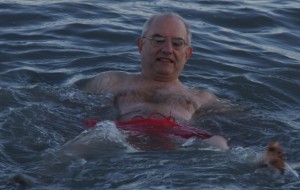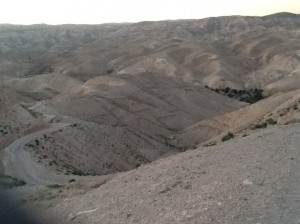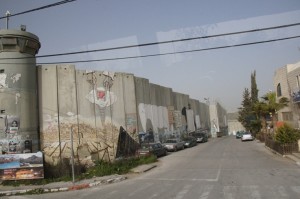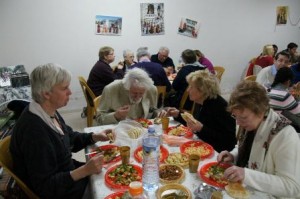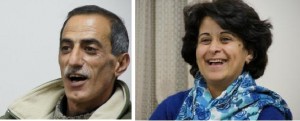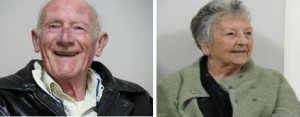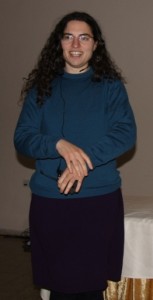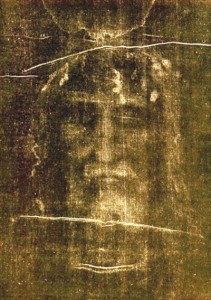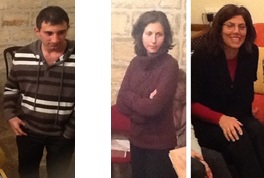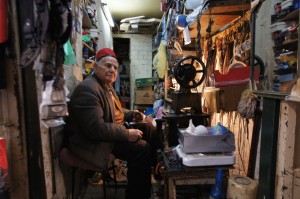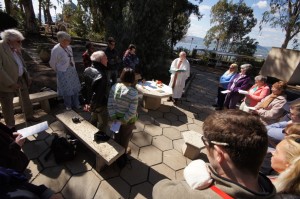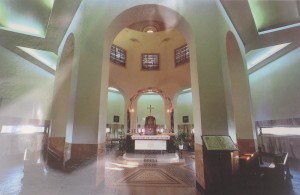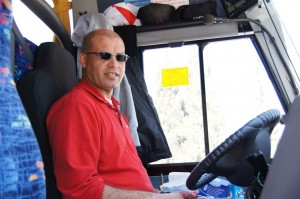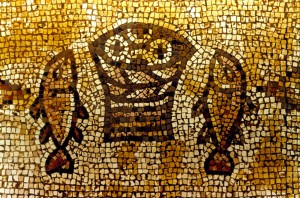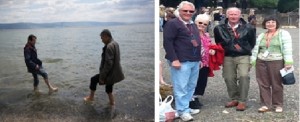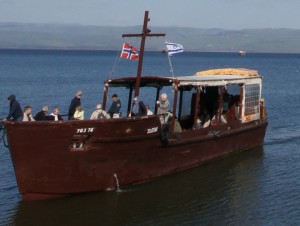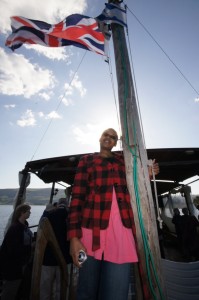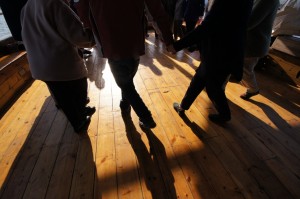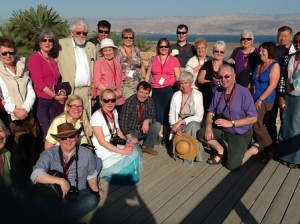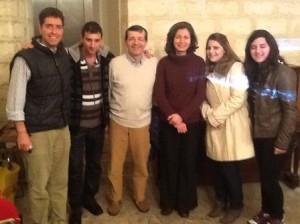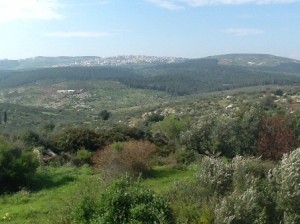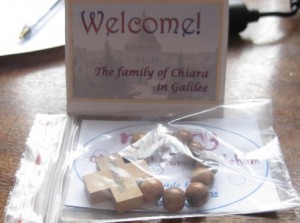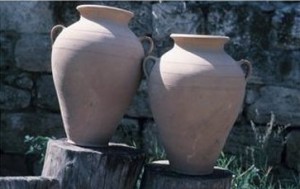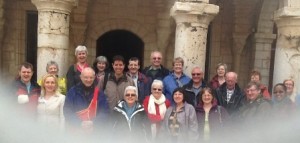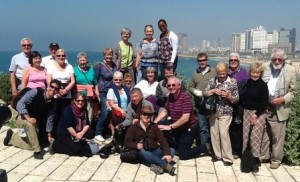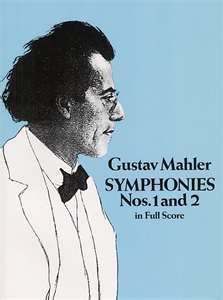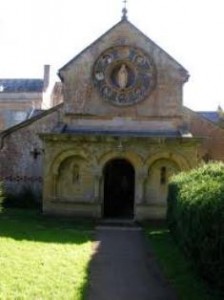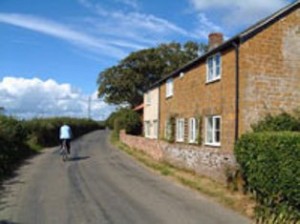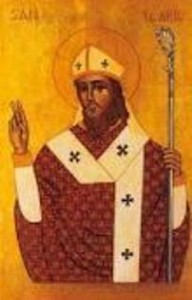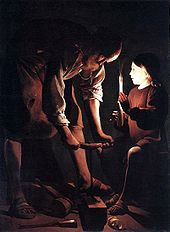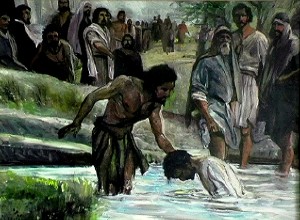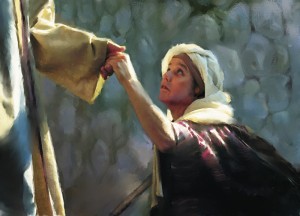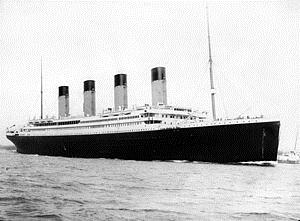 |
Just a few weeks ago there occurred the centenary of the sinking of the ‘Titanic’; now that the media ‘hype’ has died down a little, perhaps it may be appropriate to re-visit the tragedy. A hundred years ago, the RMS Titanic, then the largest luxury liner in the world, left Southampton on her maiden voyage, bound for New York. She called at the French port of Cherbourg, also at Queenstown, County Cork, Eire, and it was then full steam ahead for the United States, with around 2,250 men, women and children aboard. At 11.40 pm (ship’s time) on 14 April 1912, still on course, she came into collision with an iceberg. The collision ripped apart the steel plates of her hull, on the starboard side, opening up five of her sixteen watertight compartments, and the ship began to take in water, rapidly. Less than three hours later, close to 2.20 am, this enormous vessel sank bow-first into the North Atlantic Ocean, some 375 miles south of Newfoundland, with over 1,000 people still on board. A few hours later, over 700 survivors were taken on board the nearest ship, the RMS Carpathia, from the Titanic’s lifeboats, but the total death toll came to over 1,500, in what was described as being one the deadliest maritime disasters in history.
 |
The Opulence of the Grand Staircase
The ’Titanic’ was constructed to the highest standards of ship-building, at that time. It seems no expense was spared, especially in relation to the first class accommodation, with its opulent dining rooms, dance halls, staircases, gymnasia – the list goes on and on. Second and third class rooms were well appointed though not nearly so ‘posh’ as those for the ‘gentry’ – an arrangement that largely reflected the class-structures and divisions of that era, in the United Kingdom, most of Europe and, to some extent, that of the United States. Hundreds of men, women and children sailed in what was called steerage, meaning in compartments to the rear of the ship – in cramped conditions below the water-line. The class divisions were then much more rigid than appertains today, and these resulted in those well-known feelings of the ‘haves’ and the ‘have-nots’. On board, and under the normal circumstances of the first part of the voyage, people ‘knew’ their places in society, and social interchange was mostly discouraged. All this was to change when the ship hit the floating mountain of ice, and within hours, people were to change, from one of distance to one another, to that much happier state of people helping each other, when in dire need. There are many accounts of heroic actions on the parts of people of all classes, helping others to escape the sinking vessel – of people giving their lives to help others, and the ‘policy’ that was followed of ‘Women and Children First’, followed ‘religiously’, resulted in a disproportionate number of men losing their lives to drowning.
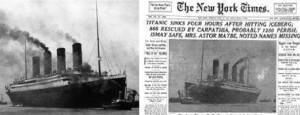 |
In calling to mind this disaster of a hundred years ago, it is not my intention to simply regurgitate the facts and figures surrounding the sinking of the ‘Titanic’, as these can be garnered from the many and varied media articles telling the stories of what occurred; as regards these, there has been much renewed interest in the newspapers, magazines and on television – and understandably so on the occasion of the centennial anniversary. Additionally, many films have been made, telling the stories from many different points of view.
Getting away from the facts of the case, I think there are lessons to be learned from all that took place in April 1912, and I would now like to concentrate attention on some aspects of these.
I remember, many years ago, asking my dad about the ‘Titanic’. His immediate response was: “That’s the ship they said could not be sunk.” Like myself, I suspect the reader will often have heard accounts describing the vessel as ‘unsinkable’, and in this regard, the statement is most often attributed to the builders / owners of the ship. Should that have been the case, then I cannot conceive of how, even in 1912, such responsible and intelligent men, could ever have been so full of pride as to make such a crass, and distinctly incorrect, impossible statement. To have made any such statement, surely, would have been inviting disaster. However, the people responsible, owners ‘The White Star Line’ and builders, ‘Harland and Wolf’, of the Belfast Shipyard, refuted the making of any such statement; they maintained that they had only ever claimed that the ‘Titanic’ was virtually unsinkable, and to this end they pointed to the advanced safety features such as watertight compartments and remotely operated watertight doors. The press of those days were said to have been the parties responsible for claiming that the vessel was ‘unsinkable’. How wrong could they have been?
Wherever the truth lay in those far-off days, it seems to me that pride was playing a major role – and in a number of ways. Though more than complying, legally, with maritime requirements, as to the provision, and number of lifeboats, in proportion to the numbers of passengers and crew, the vessel was not equipped with enough lifeboats to carry all the people on board; the maximum lifeboat capacity was given as 1,178 individuals. This fact alone says, clearly, that an assumption was made that there was nothing – no danger – that could threaten the safety of the vessel. The ship was equipped with advanced wireless telegraph, and during her voyage across the Atlantic Ocean, she received warnings of icebergs ahead. It seems that such warnings were largely discounted, as it was then thought that floating ice was not a danger to ships as large as the ‘Titanic’. The Captain, himself, had declared that he could not “… imagine any condition which would cause a ship to founder, as modern shipbuilding has gone beyond that.” The sinking of the ‘Titanic’ led to an international review of all the safety precautions for ocean liners and the safety of their passengers and crews; these included the provision of lifeboats, sufficient to carry all those on board, new regulations regarding ice patrols, the use of red distress flares, round-the-clock radio watches, all of which changes are still in force today.
I can only think it the greatest of follies to be so proud as to assume that human kind has thought of everything – in this case, regarding the construction of a very large luxury liner with all the modern safety features. We are human, after all is said and done, and liable to make mistakes; mistakes on this scale, as we learn to our cost, can be very expensive, and tragic in terms of human life. I have often heard it said, from hindsight in the news – and other sources – that such and such a precaution “…. has now been taken, and therefore, this type of tragedy can never happen again”. Invariably, I cringe whenever I hear such madness. On this question, concerning human pride, and the position in which we put God, I think we would always be wise to give God his foremost place; our actions, even when we do our best to achieve great things, should always be put into their proper perspective, and we would do well to remember that we only achieve greatness with God’s help.
We know only too well that there are inclinations towards egotism in all of us. I cannot be sure whether or not we are ‘made’ this way, or whether it may be that this is something we all learn from an early age. If the latter be the case, then, most surely, we learn it from those around us. Whatever, this aspect of our human nature causes us to tend, in many instances, to put ourselves before God and our neighbours. We relegate those we should put first, into second place, and this, we learn, is the main cause of our sinfulness. This attitude stands in the way of keeping God’s Commandments – God’s Law – and is the prime reason why we lose our friendship with God. God still loves us – he never stops – but, egotistically, we turn our backs on his love, in our inward-looking, self-seeking and self-centered ways; we would do well to remember that, whenever we put pride in ourselves first, there is always a price to be paid.
The origins of this, amongst the greatest of maritime disasters, lie in human actions of this sort and over 1,500 men, women and children lost their lives. Many have tried to imagine, and portray, what it must have been like for the passengers and crew as this great ship foundered and sank – so quickly – and I have often tried to do the same. The feelings of fear, and panic, must have been uppermost in most peoples’ minds, that April evening 100 years ago, but then tragedies involving large losses of human life were happening before this event; they continue to occur, periodically, all down the years, to our present time – tragedies involving trains and boats and planes – as the human population becomes much more mobile. When presented with such fearsome events, all I can say is: please, God help us all – especially those who travel – and all those who have charge of our travel arrangements.
Socius
To view and read the blog in its original format, readers are advised to go to the main blog site.
